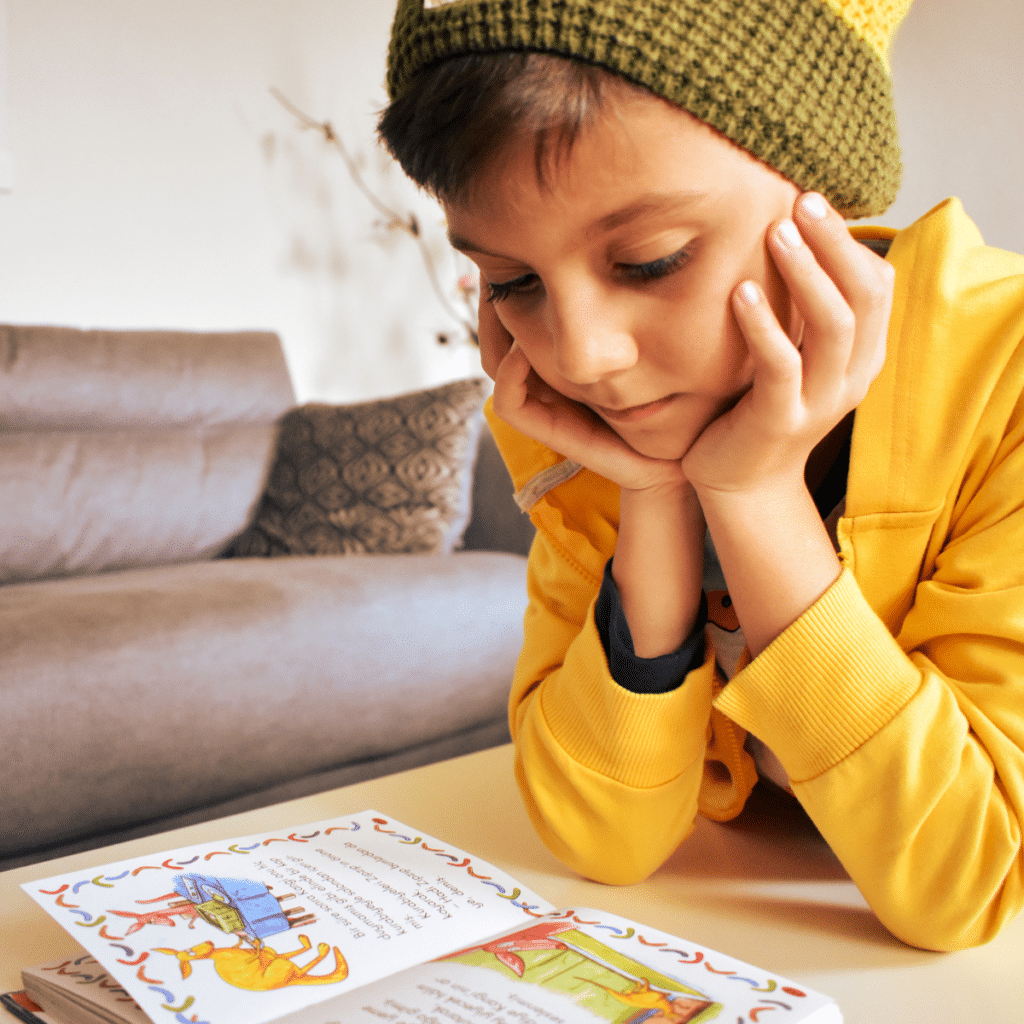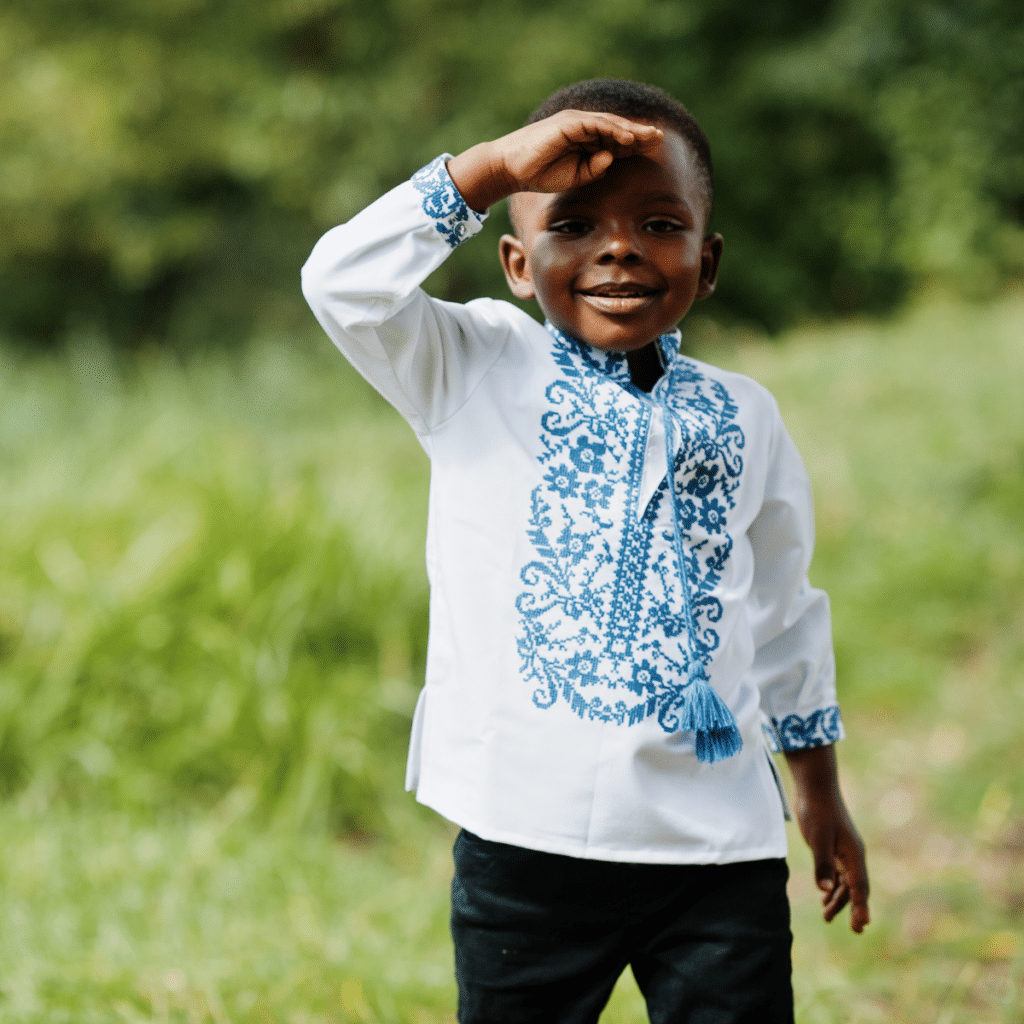Ever felt like the world is just a big, exciting book, and you’ve only read the first page? Well, guess what? You’re not alone. Teaching kids about different cultures doesn’t have to mean expensive trips across the globe or fancy private lessons. It’s about creativity, fun, and just a little sprinkle of imagination.
So get comfy, and let’s dive into some affordable, educational, and a few slightly funnier ways to bring the world into your living room.

The Magic Carpet Of Cuisine
First stop: your kitchen. That’s right, your humble abode of culinary escapades can be the gateway to exploring global cultures. Whip up a Moroccan tagine or roll some sushi with the little ones. Here’s the fun part – while you’re rolling sushi, why not chat about the unique island nation of Japan, its beautiful cherry blossoms, and sumo wrestling? Bonus challenge: each family member can pick a country, and you can take turns cooking a dish from there each week.
It’ll be a culinary world tour, minus the jet lag and pricey plane tickets. Plus, it’s a fantastic way to introduce kids to new flavors and cooking techniques, broadening their palates and their horizons – showing them that there’s more to the world than mac ‘n cheese.
Crafting The World
Crafts are like a secret portal to understanding different cultures. Ever tried making a Mexican piñata or an Egyptian paper mache mask? The messier, the better! While your hands are getting sticky with glue and glitter, throw in some facts about the culture you’re exploring. Like, did you know that piñatas were originally used in religious ceremonies? Mind-blowing, right? Crafty tip: Keep a world map nearby, and pin each craft next to the country it’s from.
Not only does this create a visual representation of your cultural journey, but it also helps kids connect the craft to a place in the world and help them understand how different and far apart these countries and traditions are.
It’s also a great excuse to make your living room look like an international art gallery. Who knows, you might just inspire the next great artist or explorer!

Dance Like Nobody’s Watching
Music and dance are universal languages. Ever watched a Bollywood movie? The vibrant colors, the drama, and the dancing! Put on some Bollywood hits, and try some of those dance moves. It’s okay to look silly; it’s all part of the fun. Who knew learning about Indian culture could be a workout too? Imagine turning your living room into a dance studio, where every week you explore a new country’s dance style.
You could be doing the flamenco one week and the tango the next. It’s a fabulous way to get moving and laughing together. And it’s a stealthy way to teach rhythm, coordination, and cultural appreciation!
Movie Night, International Edition
Now, who doesn’t love a good movie night? Pop some corn, grab a blanket and your favorite pillow, and travel the world through films. From spirited anime from Japan to heartwarming animal tales from Africa, there’s a whole world of movies to explore. And, just a tip: use subtitles for that extra layer of language learning. You can create a ‘movie passport’ for each family member, stamping it each time you ‘visit’ a new country through film.
It’s a great way to track your global movie journey. Plus, it’s a sneaky way to encourage reading and comprehension skills. After the movie, have a family discussion about the culture, traditions, and stories you’ve watched. It’s like book club but with movies and popcorn!

Read, Read, Read
Books are your best friend when it comes to traveling the world from your couch. Find children’s books set in different countries. As you read, discuss the story’s setting, the characters’ lifestyles, and how they might differ from or be similar to your own life. You could create a ‘book journey’ wall chart, adding a sticker for each country whose books you’ve read. This visual representation of your literary travels is not only rewarding but also a fantastic educational tool.
This is one of the best ways to encourage a love of reading and an interest in diverse stories and perspectives. For an interactive twist, have your kids draw or write their own stories inspired by the cultures you read about – this will allow them to showcase what they understand and like about the different countries explored in the books.
Language Fun
Hola, Hallo, Bonjour, Hello! Learning a few phrases in a new language can be a fun family activity. You could even make it a game – who can remember the most words by the end of the week? There’s nothing like a little friendly competition to spice things up. You could even label items around the house in the language you’re learning that week, turning your home into a live language lab. This immersive approach makes learning more effective and also adds an element of fun to everyday life.
And remember, it’s not about fluency but about exposure and appreciation of different ways of communication. So, go ahead, laugh at your pronunciation mistakes and cheer each other on; it’s all part of the journey. Plus, imagine the look on your friends’ faces when your little one casually drops a foreign phrase. Priceless!

Virtual Reality Voyages
Thanks to the internet, the world is literally at your fingertips. Virtual tours of museums, historical sites, and even cities are just a click away. Have you ever wandered the streets of Paris in your pajamas? Now you can! It’s like having a magic portal in your living room, minus the strange spells and wands. Set up a ‘virtual tour day’ where each family member gets to pick a destination. It’s a great way to learn about art, history, and architecture from the comfort of your home. You could even make it more engaging by creating a scavenger hunt based on the places you visit. “I spy with my little eye” while touring Greece from the living room? Who says you can’t have an adventure without spending a dime?
Intercultural Pen Pals
Here’s a quirky idea. Connect with a family from another country and exchange traditions, clothing, activities, and recipes. Finding a pen pal will allow your child to engage with someone their age from a different culture to understand how things differ from one country to the next. Imagine cooking a dish from Italy one week and a traditional meal from Kenya the next. This not only introduces you to new cuisines but also builds a connection with people from different parts of the world.
You can share photos of your culinary creations and even stories about your creative experiences. It’s a wonderful way to build global friendships and understand how things work in different cultures across the globe.

Play Traditional Games
Games are not just fun; they’re cultural artifacts. Ever heard of Mancala from Africa or Carrom from India? These games have been played for centuries and are a blast to learn. Plus, it’s a great way to develop strategic thinking. Win-win! You can even make your own versions of these games with materials you have at home. It’s a creative and hands-on way to engage with different cultures.
And while you’re playing, you can chat about the history and significance of these games in their respective cultures. It’s the perfect blend of learning, play, and family bonding. Plus, it’s a subtle way to teach kids about fair play, strategy, and cultural respect.
Money Matters In A Global Village
Understanding global economies can be intriguing too. For instance, when discussing different countries, mention their currencies and how different they all are, each with their own name and value. Like, if you were doing a money transfer to Pakistan, you’d be dealing with Rupees. It’s a great way to introduce them to the concept of foreign exchange and global economies. Pretty cool, right? This opens up a conversation about how different countries handle money, trade, and commerce.
You could even have a ‘currency day’ where you learn about and compare different currencies from around the world. This is not just educational but also a great way to develop math skills in a fun way.

Explore Traditional Clothing
Fashion is a fabulous way to explore cultures. Why not have a dress-up day where everyone wears traditional attire from different countries? It’s not just about the clothes; it’s about the stories they tell and the history they represent. You could research together, make your own costumes, or find pieces in charity stores that represent different cultures from around the world. This activity not only sparks creativity but also opens discussions about the significance of clothing, ceremonies, and traditions in various cultures.
So there you have it, a world of ideas to explore different cultures in an affordable, educational, and fun way. Remember, the world may be vast, but our curiosity is limitless. In this adventure of cultural exploration, remember that every activity, whether it’s cooking a new dish or learning a dance step, is a stepping stone to building a more open, understanding, and connected world for our kids.
It’s not just about the fun and games; it’s about planting the seeds of empathy, curiosity, and global awareness in their hearts and minds.


